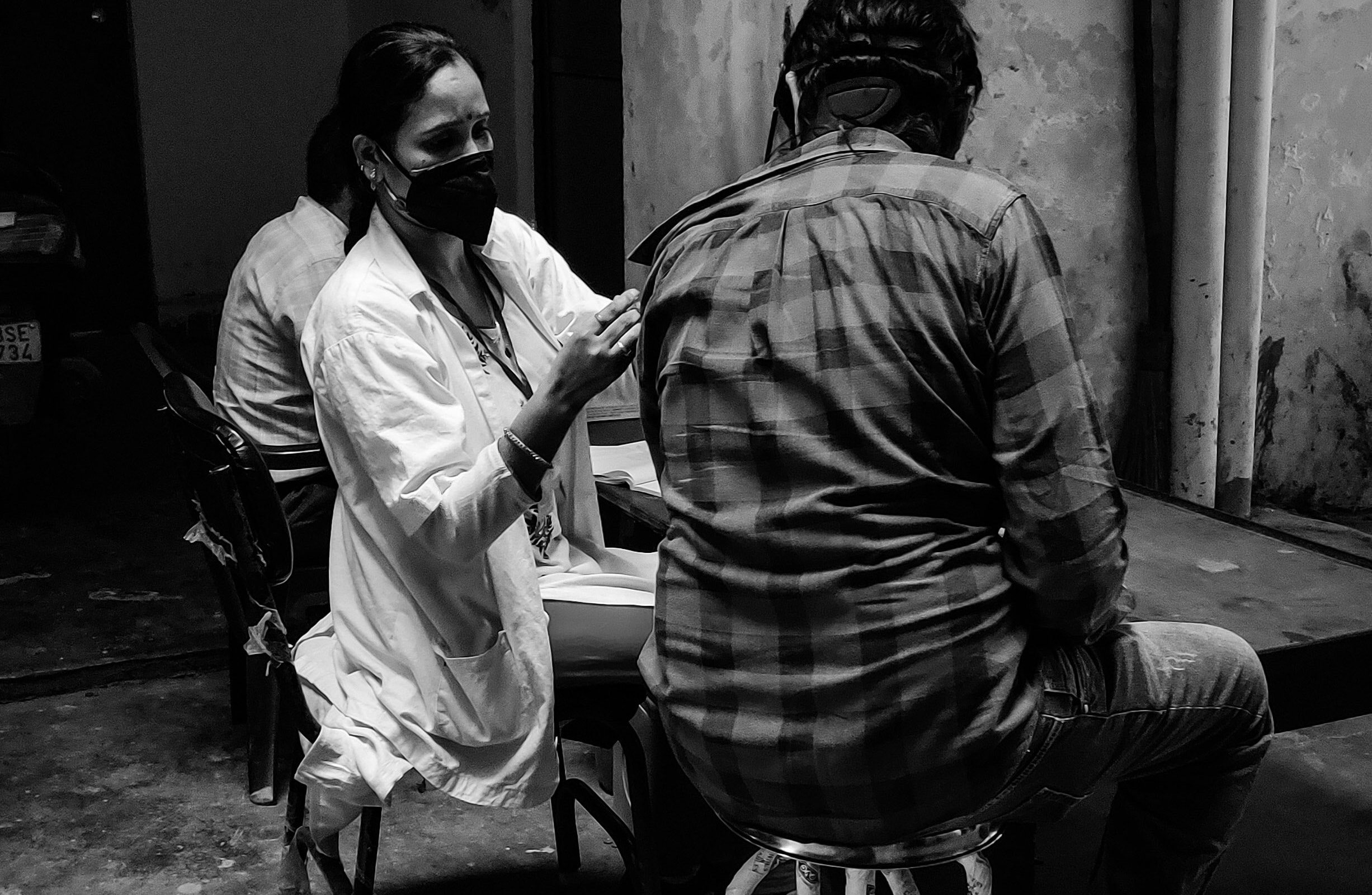From ‘Rotavirus vaccine: tortured data analyses raise false safety alarm’, The Hindu, June 22, 2024:
Slamming the recently published paper by Dr. Jacob Puliyel from the International Institute of Health Management Research, New Delhi, on rotavirus vaccine safety, microbiologist Dr. Gagandeep Kang says: “If you do 20 different analyses, one of them will appear significant. This is truly cherry picking data, cherry picking analysis, changing the data around, adjusting the data, not using the whole data in order to find something [that shows the vaccine is not safe].” Dr. Kang was the principal investigator of the rotavirus vaccine trials and the corresponding author of the 2020 paper in The New England Journal of Medicine, the data of which was used by Dr. Puliyel for his reanalysis.
This is an important rebuttal. I haven’t seen Puliyel’s study but Bharat Biotech’s conduct during and since the COVID-19 pandemic, especially that of its executive chairman Krishna Ella, plus its attitude towards public scrutiny of its Covaxin vaccine has rendered any criticism of the company or its products very believable, even if such criticism is unwarranted, misguided, or just nonsense.
Puliyel’s study itself is a case in point: a quick search on Twitter reveals many strongly worded tweets, speaking to the availability of a mass of people that wants something to be true, and at the first appearance of even feeble evidence will seize on it. Of course The Hindu article found the evidence to not be feeble so much as contrived. Bharat Biotech isn’t “hiding” anything; Puliyel et al. aren’t “whistleblowers”.
The article doesn’t mention the name of the journal that published Puliyel’s paper: International Journal of Risk and Safety in Medicine. It could have because journals that don’t keep against bad science out of the medical literature don’t just pollute the literature. By virtue of being journals, and in this case claiming to be peer-reviewed as well, they allow the claims they publish to be amplified by unsuspecting users on social media platforms.
We saw something similar earlier this year in the political sphere when members of the Indian National Congress party and its allies as well as members of civil society cast doubt on electronic voting machines with little evidence, thus only undermining trust in the electoral process.
To be sure, we’ve cried ourselves hoarse about the importance of every reader being sceptical about what appears in scientific journals (even peer-reviewed) as much as news articles, but because it’s a behavioural and cultural change it’s going to take time. Journals need to do their bit, too, yet they won’t because who needs scruples when you can have profits?
The analytical methods Puliyel and his coauthor Brian Hooker reportedly employed in their new study is reminiscent of the work of Brian Wansink, who resigned from Cornell University five years ago this month after it concluded he’d committed scientific misconduct. In 2018, BuzzFeed published a deep-dive by Stephanie M. Lee on how the Wansink scandal was born. It gave the (well-referenced) impression that the scandal was a combination of a student’s relationship with a mentor renowned in her field of work and the mentor’s pursuit of headlines over science done properly. It’s hard to imagine Puliyel and Hooker were facing any kind of coercion, which leaves the headlines.
This isn’t hard to believe considering it’s the second study to have been published recently that took a shot at Bharat Biotech based on shoddy research. It sucks that it’s become so easy to push people over the cliff, and into the ravenous maw of a conspiracy theory, but it sucks more that some people will push others even when they know better.


